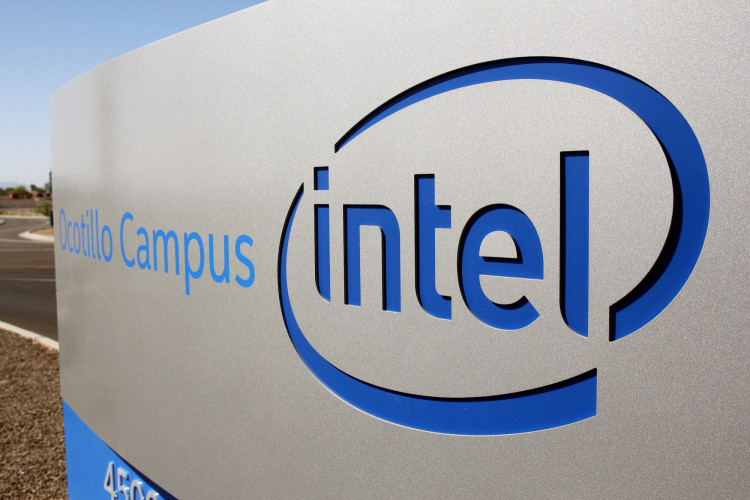Intel Corporation is preparing to cut thousands of jobs as part of a strategy to finance its recovery and address eroding market share, according to a report by Bloomberg News. The move is expected to help the company cope with financial challenges and intensify its efforts to regain competitive ground in the semiconductor industry.
Shares of Intel, which is scheduled to report its quarterly results on Thursday, rose approximately 1% in extended trading following the news. The stock, however, has plummeted 40% this year. Intel declined to comment on the Bloomberg report when contacted by Reuters.
The U.S. chipmaker remains a significant player in the personal computer and server markets but has struggled to keep pace with the surging demand for chips used in artificial intelligence (AI) applications. CEO Pat Gelsinger has initiated a comprehensive turnaround plan to restore the company's competitive edge, focusing on revitalizing its manufacturing capabilities, investing in advanced chip technologies, and expanding into new markets.
In October 2022, Intel announced a cost-reduction plan that included "people actions," aiming to cut annual costs by $3 billion in 2023. This plan was projected to reduce Intel's headcount to 124,800 by the end of 2023 from 131,900 a year earlier, according to regulatory filings. The company expected these measures to yield annual cost savings between $8 billion and $10 billion by 2025.
Analysts anticipate that Intel's second-quarter revenue will be approximately the same as the previous year, with the data center and AI segment predicted to post a 23% decline, according to LSEG data. Traditionally known for designing and manufacturing its own chips, Intel has been making a concerted effort to expand into the foundry business, producing chips for other companies.
Investors are hopeful that the Biden administration's push to promote chip manufacturing in North America, aimed at diversifying supply chains and reducing reliance on Taiwan, will boost Intel's prospects. Despite these efforts, the company has faced significant financial headwinds, resulting in a substantial drop in its stock price.
Intel's stock closed at $30.13 per share on Tuesday, down 2.27% for the trading day and 36.5% since its January 2 close of $47.47 per share. The company reported 2023 revenue of $54.2 billion, down $8.8 billion, or 14%, from 2022.
Intel's cost-cutting measures include a series of leadership changes aimed at bolstering its recovery efforts. Earlier this month, Intel unveiled its second leadership shakeup for 2024 in its Intel Foundry division, bringing in two outsiders to oversee a crucial aspect of CEO Pat Gelsinger's comeback plan. Micron Technology executive Naga Chandrasekaran was tapped in July to succeed 29-year Intel veteran Keyvan Esfarjani as the leader of the company's worldwide manufacturing operations. In May, Marvell Technologies executive Kevin O'Buckley was appointed to handle the organization's customer service and ecosystem operations.
In April, Intel confirmed an unspecified number of layoffs in its Sales and Marketing Group as part of a reorganization. Bloomberg reported that the planned layoffs are aimed at funding "an ambitious effort to rebound from an earnings slump and market share losses."
Gelsinger is investing heavily in research and development to enable the company to return to its previous prominence in the semiconductor industry after rivals, including AMD, have taken a larger share of the market. The CEO's turnaround strategy includes significant investments in advanced chip technologies and expanding Intel's manufacturing capabilities.
The upcoming quarterly report on Thursday will provide further insights into the company's financial health and the effectiveness of its recovery measures. Investors and analysts alike will be closely watching for any signs of improvement in Intel's performance and market position.






